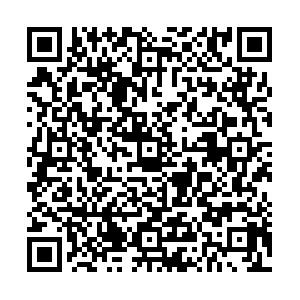摘要:
探讨脑电生物反馈训练对青少年网络成瘾的干预效果,为开展青少年网络成瘾的干预提供参考.方法 将从赣州市大中学生中筛选的50例网络成瘾青少年随机分为2组,对研究组(25例)开展脑电生物反馈训练,对照组(25例)进行心理行为干预.采用Young网络成瘾诊断量表(Internet Addiction Test,IAT)和焦虑自评量表(Self-Rating Anxi-ety Scale,SAS),于干预前及干预12周末各评定1次.结果 干预12周后,研究组IAT评分由72.78下降至58.67(t=4.267,P<0.01),SAS评分由36.84下降至30.35(t=3.689,P=0.001);对照组IAT评分由72.47下降至65.05(t=2.181,P=0.039),SAS评分由37.07下降至33.23(t=2.216,P=0.036).干预后研究组IAT及SAS评分均低于对照组(t值分别为2.092,2.101,P值均<0.05).研究组干预有效率(32%)高于对照组(8%) (x2=4.500,P=0.034).结论 脑电生物反馈训练疗效较传统心理行为干预更为显著,但是12周的训练尚不能完全矫正网络成瘾行为.
Abstract:
Objective To explore the interventione effect of the multi-channel electroencephalogram biological feedback on the teenagers of Intemet addiction,and to provide reference for conducting intervention among adolescents with Internet addiction.Methods Totally fifty cases of Internet addiction teenagers were randomly divided into two groups.Totally 25 cases were taken multi-channel biofeedback treatment;else teenagers were taken traditional psychological behavior intervention.Diagnosis scale of Young's Internet Addiction Test (IAT) and Self-evaluation of the Anxiety Scale(SAS) were used to evaluate the curative effect of the two groups.All subjects filled in these two scales before and after the treatment.Results IAT score of test group decreased from 72.78 to 58.67 (t =4.267,P< 0.01) after 12 weeks treatment,SAS score of test group decreased from 36.84 to 30.35(t =3.689,P=0.001);IAT score of control group decreased from 72.47 to 65.05(t =2.181,P=0.039),SAS score of control group decreased from 37.07 to 33.23(t =2.216,P=0.036).However,both the scores of two scales of the test group were significantly lower than the scores of the control group (t =2.092,2.101,P<0.05).The effective rate of test group(32%) was significantly higher than that of control group(8%) (x2 =4.500,P=0.034).Conclusion The curative effect of multi-channel biofeedback treatment is more effective than traditional psychological behavior intervention,but it cannot completely correct Internet addiction behavior in 12 weeks.

 点击查看大图
点击查看大图





 下载:
下载: